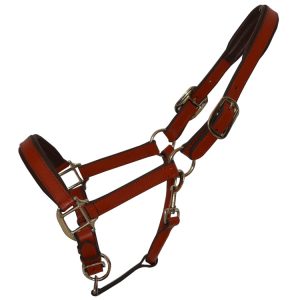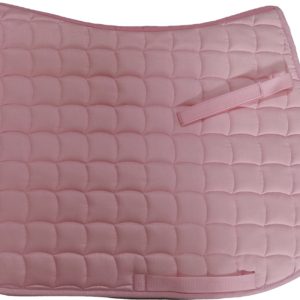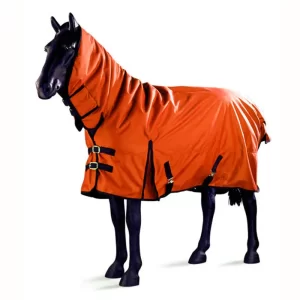If you like horses, you will like the Carbon steel electroplated horse bit.
A horse bit is a crucial piece of tack used in equestrian riding that serves various functions related to communication, control, and guidance of the horse. It is a metal mouthpiece that is attached to the bridle and is placed inside the horse’s mouth. The bit works in conjunction with reins, which are the straps held by the rider, to convey signals and cues to the horse.
It’s important to note that choosing the right bit for a horse is a complex decision that depends on factors such as the horse’s training level, conformation, sensitivity, and the rider’s skill. Improper use of a bit, as well as using a bit that is ill-fitting or too harsh, can lead to discomfort or resistance in the horse. Horse welfare and the rider’s skill in using the bit are of paramount importance.
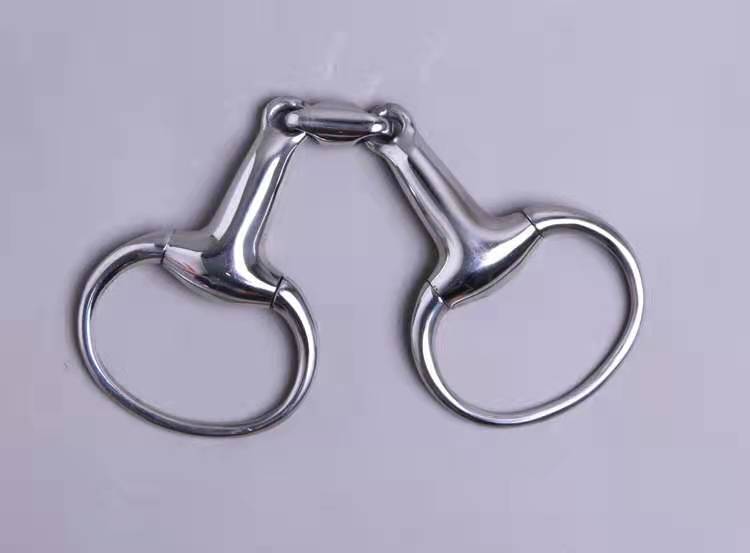

Size:
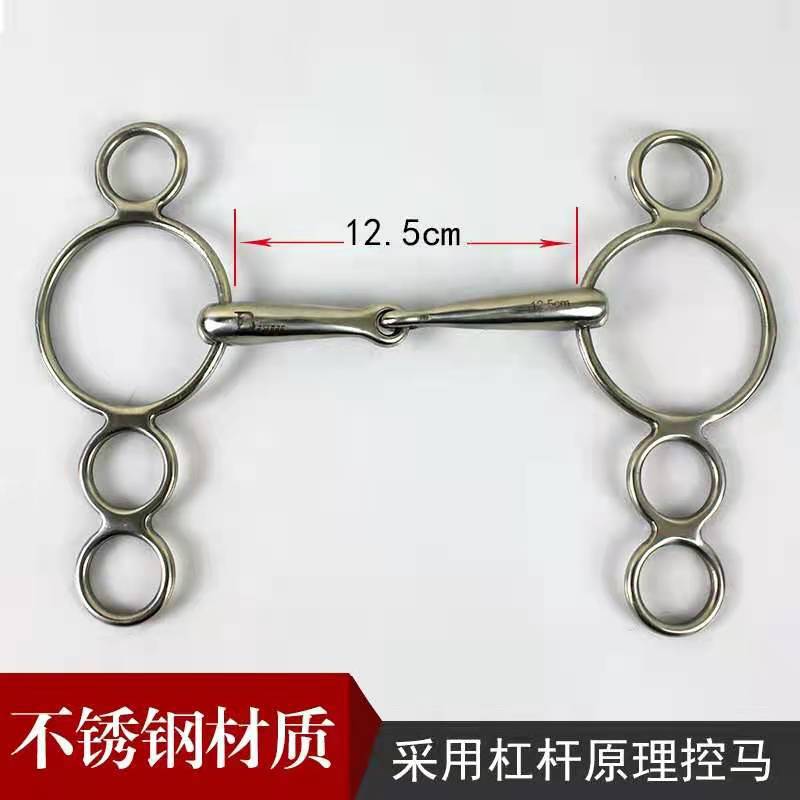
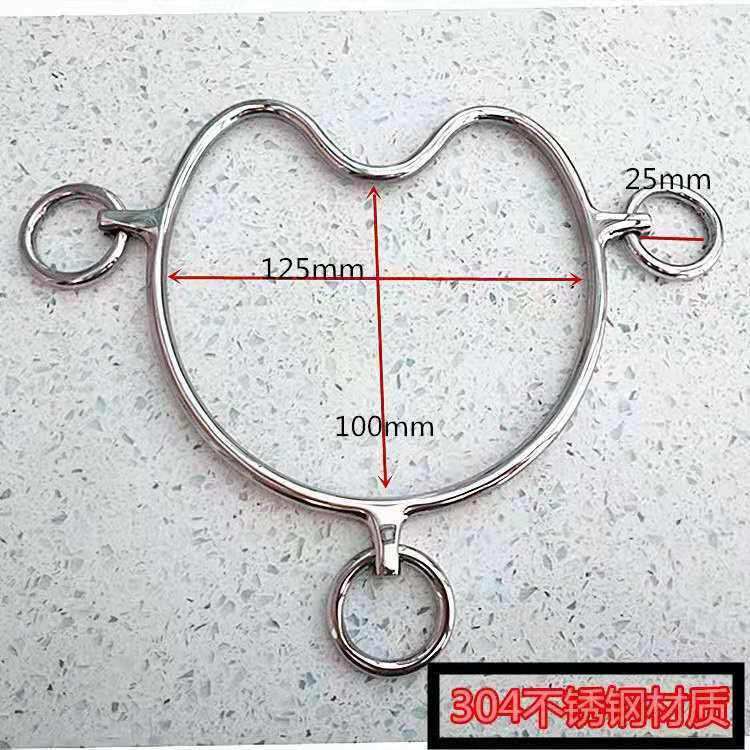
Functions:
- Communication: The primary function of a horse bit is to facilitate clear communication between the rider and the horse. By applying subtle pressure, the rider can convey commands, transitions, and changes in direction to the horse.
- Control: Bits provide a way for riders to exert control over the horse’s movements. Different pressures on the reins can influence the horse’s speed, direction, and behavior, helping the rider guide the horse effectively.
- Balance and Collection: Certain bits encourage the horse to collect itself, meaning it brings its hindquarters under its body and engages its core muscles. This leads to better balance, improved carriage, and enhanced responsiveness to the rider’s aids.
- Aids: Bits are used to deliver aids, which are cues given by the rider to instruct the horse. These aids include rein pressure, leg pressure, and seat cues. The bit aids are particularly effective for refining the horse’s responses to the rider’s commands.
- Flexion and Lateral Movement: Depending on the bit’s design, it can influence the horse’s lateral movements (sideways) and flexion (bending) through its neck and body. This is important for executing maneuvers, such as turns and lateral exercises.
- Half-Halts: A half-halt is a brief application of pressure on the reins that asks the horse to rebalance and prepare for a transition or change in movement. The bit plays a key role in conveying the half-halt aid.
- Stopping: A bit’s design and the rider’s use of the reins allow for the horse to be stopped or slowed down. The pressure on the bit communicates the rider’s desire to the horse.
- Transitions: Bits aid in signaling transitions between gaits or movements, such as moving from a trot to a walk or transitioning from a canter to a halt.
- Refinement of Aids: For more advanced riding, bits allow for subtle refinement of aids. Skilled riders can use slight adjustments in rein pressure to communicate nuanced instructions to the horse.
- Training and Development: Proper use of a bit can aid in the training and development of the horse’s responsiveness and overall riding performance. As the horse becomes more accustomed to the bit, it can respond to lighter cues.

